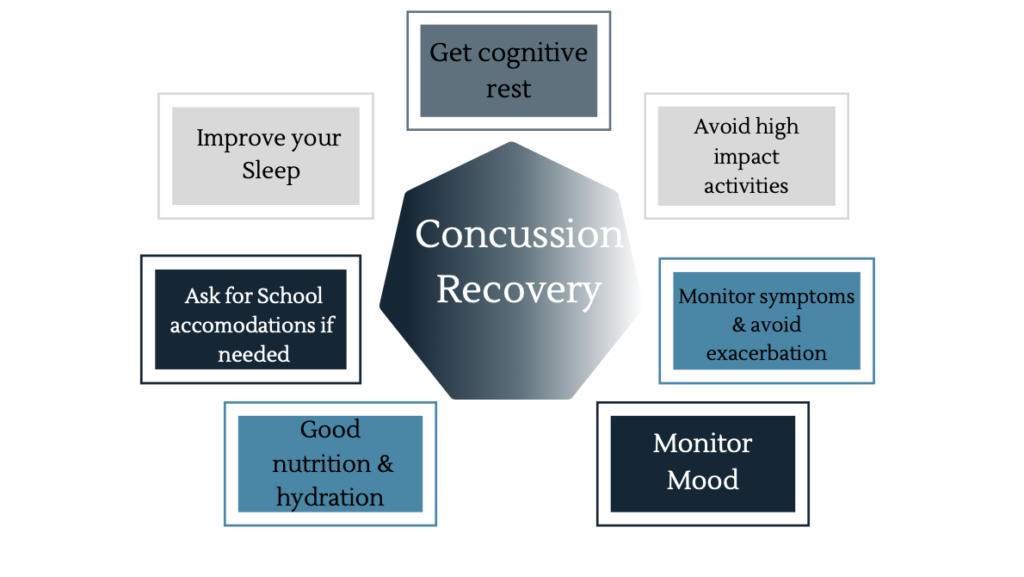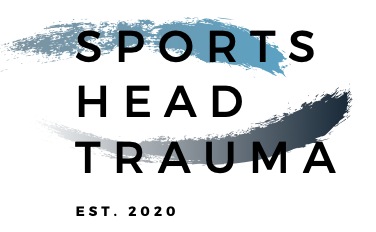The first step after sustaining a concussion is to see a doctor!
It is important to know that any type of mTBI should be seen by a physician. If you are not experiencing symptoms after head trauma, you should still consult with a doctor. For children under 12, there are specific pediatric guidelines for mTBI that physicians follow, so it is important to let your doctor know of a head injury immediately. To evaluate a head injury and create a proper concussion treatment and recovery plan for you, doctors usually perform an Immediate Post Assessment and Cognitive Test (imPACT Test).

Steps to concussion recovery

- Rest! One of the most important things to do after sustaining a concussion is to rest. You need to give your brain time to heal. This means avoiding high impact activities or anything that could worsen your symptoms. Think about it like this, when you roll your ankle, the doctor will usually tell you to rest it to prevent further injury and expedite the healing process. The same goes for concussion recovery.
If you are an athlete and you think you have concussion, immediately remove yourself from the practice or game. Continuing to play with a possible head injury can be dangerous, and lead to Second Impact Syndrome.
2. Inform your school or workplace about your concussion so that you can be accommodated while you recover. Take more breaks between tasks, and ask reduce your workload and hours.
3. Drink water to stay hydrated. Dehydration can worsen symptoms like headaches. Eating well will fuel your brain, providing it with more energy to heal itself. Only take medications that your doctor has prescribed you.

4. Stay away from electronics as much as possible. Bright screens and lights put extra stress on your eyes and your brain.
After symptoms disappear, slowly ease yourself back into your daily routine, but keep monitoring them to see if they come back. If they do, try cutting back on your work load, and contact you doctor.
